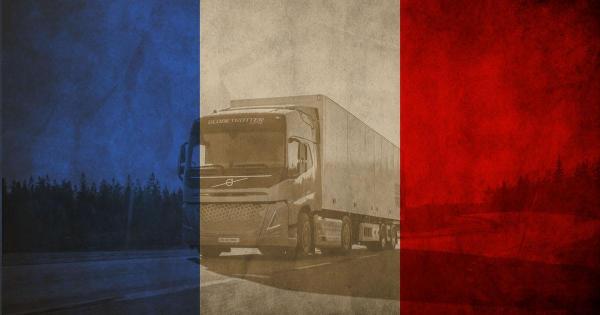
France:additional HGV driving ban in winter and summer
Every year additional restrictions are introduced for heavy goods vehicles in winter and summer. They apply to lorries and vehicle combinations with a GVW over 7.5t, with the exception of special vehicles and agricultural machinery and vehicles.
The ban applies:
a) in the winter:
on some parts of the road network in the Rhône-Alpes region on the following Saturdays, from 07:00 AM to 6:00 PM and from 10:00 PM to 00:00:
◾ February 10, 17 and 24
◾ March 2 and 9
❗Note: on these days HGV traffic is allowed from 6:00 PM to 10:00 PM.
HGV traffic is banned along the following routes in the Rhône-Alpes region
b) in the summer:
The ban is in effect across the entire road network on the following Saturdays from 7:00 AM to 7:00 PM:
◾July 6, 20 and 27
◾ August 3, 10, 17, 24,
❌In addition to the above, the general driving ban also applies:
◾ from 10:00 PM to 00:00 on Saturdays and on the eve of holidays,
◾ from 00:00 to 10:00 PM on Sundays and holidays.
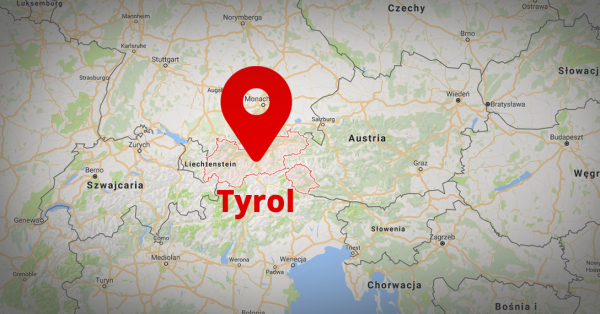
Tirol: 24 days with limited cross-border HGV traffic in the 1st half of 2024
As in previous years, on specific days listed in the restriction schedule (below) HGV traffic from Germany at the Kufstein-Nord border crossing on the A12 Inntal motorway in the direction of Innsbruck will be limited to 300 lorries per hour.
The measure has been criticized by international organizations on a number of occassions, but so far to no avail.
Days with restrictions in the 1st half of 2024
➡ January 8 (Monday)
➡ February 5 (Monday)
➡ February 12 (Monday)
➡ February 19 (Monday)
➡ February 26 (Monday)
➡ March 4 (Monday)
➡ March 11 (Monday)
➡ March 28 (Thursday)
➡ April 26 (Friday)
➡ May 2 (Thursday)
➡ May 3 (Friday)
➡ May 6 (Monday)
➡ May 7 (Tuesday)
➡ May 8 (Wednesday)
➡ May 10 (Friday)
➡ May 17 (Friday)
➡ May 18 (Saturday)
➡ May 21 (Tuesday)
➡ May 22 (Wednesday)
➡ May 23 (Thursday)
➡ May 27 (Monday)
➡ May 28 (Tuesday)
➡ May 29 (Wednesday)
➡ May 31 (Friday).

Slovenia: more traffic and the HGV driving ban on February 8
Because Thursday, February 8, is a public holiday in Slovenia, there is driving ban for heavy goods vehicles.
The ban applies to lorries and vehicle combinations with a maximum authorised mass exceeding 7.5 tons from 8:00 AM to 10:00 PM. HGV traffic is expected to increase on Wednesday (Feb 7) before the holiday and on Friday (9/02) after the holiday. Difficulties are also expected on the route from Postojna to Cerklje ob Krki (A1/A2) on Friday due to increased traffic of military vehicles accompanied by military police.
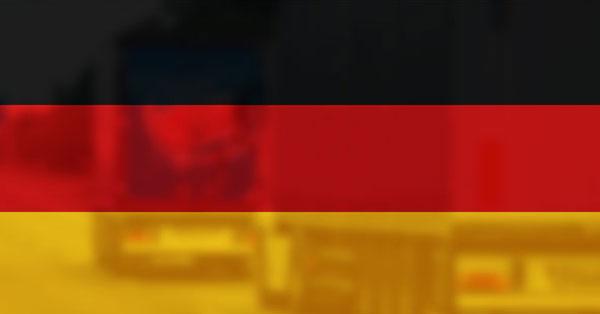
Germany: After 10 years, the end of HGV driving as the new bridge in Leverkusen is open to traffic
Lorries can now use the first part of the new bridge across the Rhine. Until the second part of the bridge is completed, three lanes are available in both directions. The speed limit on the entire bridge section is 80 km/h and overtaking is prohibited.
Since the new bridge was officially opened on February 4, three narrowed lanes are available from the Leverkusen intersection to the Cologne-Niehl junction towards Koblenz/Twir., The main carriageway of the A1 in the direction of Dortmund at the Cologne-Niehl junction has been narrowed from three to two lanes. Between the Niehl junction and the Leverkusen Bridge, the slip lane serves as a third lane, so there are three narrowed lanes in this direction from the Rhine Bridge. Along he entire section between the Leverkusen intersection and the Cologne-Niehl junction narrowed lanes are marked with yellow road lines. The speed limit on the entire section is 80 km/h. Lorries, coaches and vehicle combinations with trailers are not allowed to overtake.
Since the new bridge has been opened, all previous weight restrictions (for vehicles with a MAM over 3.5 tons) no longer apply. This means that lorries, coaches and all other vehicles can cross the bridge again.
During the total closure at the end of January, five truck barriers were dismantled (on the A1 motorway in the direction of Dortmund and in the direction of Koblenz, on the road parallel to the A1 motorway at the Cologne-Niehl junction in the direction of Dortmund, on Industriestrasse before the Cologne-Niehl junction in the direction of Dortmund and on the A59 motorway at the Leverkusen junction West in the direction of Koblenz).
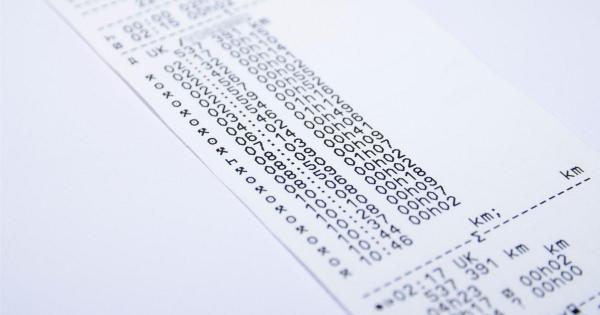
Spain relaxes driving and rest time regulations in response to road blocks in France
The Spanish Ministry of Transport has approved a temporary relaxation of driving and rest time for hauliers affected by protests of French farmers.
In the face of difficulties experienced by tens of thousands of Spanish hauliers caused by protests started two weeks ago by French farmers against the new environmental, tax and social policies introduced by the government of Galicia and the European Union, FENADISMER, a major Spanish transport association, has asked the Ministry of Transport to introduce temporary derogations from driving and rest times. About 30% of the entire Spanish transport fleet, or approximately 100,000 lorries, are affected by protests as they try to cross France heading for destinations in the rest of Europe. Every day, over 11,000 trucks cross the Spanish border in La Junquera, and about 10,000 in Irun. Financial losses sustained by Spanish hauliers due to these protests amount to EUR 10 million a day.
As a result, the Spanish Ministry of Transport has extended the maximum driving time for hauleirs affected by road blocks in France. These derogations are in force from January 22 to February 4.
By virtue of the derogation
◾ the daily driving time has been extended from 9 to 11 hours and weekly driving time – from 56 to 60 hours
◾ the total fortnightly driving time has been extended from 90 to 120 hours,
◾ the daily rest period has been reduced from 11 to 9 hours. In addition, drivers may take two consecutive reduced weekly rests of at least 24 hours, under certain conditions.
❗The temporary derogation applies only to hauliers who can present documents confirming that they are transporting goods through France during the period specified above.
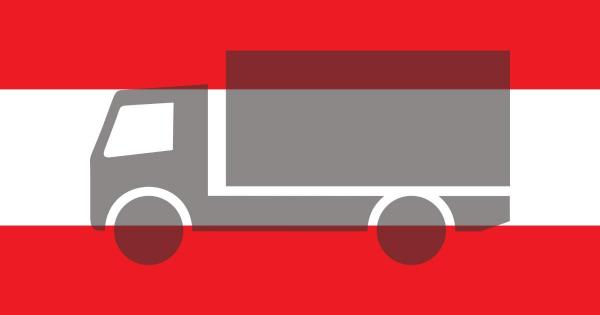
Austria: Weekend HGV driving ban on the A10
The Austrian Minister for Climate Protection, Environment, Energy, Mobility, Innovation and Technology has introduced an HGV driving ban on the A 10 motorway on certain Fridays and Saturdays in the winter of 2024.
§ 1. The ban applies to vehicles with a MAM of more than 7.5 t
❌ on all Fridays from January 26 to March 29 inclusive, between 1:00 PM to 7:00 PM.
a) on the southbound carriageway in the direction of Villach between the Salzburg intersection (where the A10 branches off the A1) and the Pongau intersection, if the destination of the journey is in Italy or Slovenia or has to be reached via Italy or Slovenia and
b) on the northbound carriageway in the direction of Salzburg, between the Rennweg junction and the Golling junction, if the destination of the journey is located in Germany or the Czech Republic, or has to be reached via Germany or the Czech Republic;
❌ on all Saturdays from January 27 to March 30, 2024 from 7:00 AM to 3:00 PM
a) on the southbound carriageway in the direction of Villach between the Salzburg intersection (where the A10 branches off the A1) and the Pongau intersection, and
b) on the northbound carriageway in the direction of Salzburg, between the Rennweg junction and the Golling junction.
§ 2. (1) The following are exempt from the driving bans mentioned in § 1:
◾ Transports of slaughter cattle or livestock, mail items and periodicals, supplies of drinks to tourist areas, urgent deliveries to petrol stations, catering establishments and events or repairs of cooling systems, towing services, roadside assistance, assistance in emergencies, medical care, the use of vehicles by road maintenance companies or to maintain road traffic, in road or rail construction, the use of vehicles by public security services, fire brigades, the use of vehicles for garbage collection, waste disposal, to maintain the operation of water treatment plants or the use of vehicles by companies providing regular passenger transport services, as well as journeys of vehicles used by travelling carnivals, incl. teams of lighting and sound engineers travelling to and from the venue, urgent journeys involving trucks, articulated vehicles or trucks with trailers used by the Austrian armed forces, journeys of self-propelled agricultural machines, humanitarian aid transports performed by recognized organizations as well as trips to and from the construction site undertaken for the purpose of the general renovation of the tunnel systems on the A 10 motorway between the Golling and Werfen junctions;
◾ Journeys for the exclusive purpose of transporting fresh fruit and vegetables, fresh milk and fresh milk products, fresh meat and fresh meat products, fresh fish and fresh fish products, live fish, eggs, fresh mushrooms, fresh baked goods and confectionery products, fresh herbs as potted or cut plants, and of ready-to-eat food preparations, including related empty journeys or return journeys to transport packaging of the aforementioned groups of goods. A consignment note or a loading list for individual un/loading points must be carried with each transport and should be presented on request during an inspection. It must be possible to determine the quantity of carried goods at the beginning and during the journey.
◾ Journeys performed exclusively to transport goods to or from airports (Section 64 of the Aviation Act) or military airfields that are used for civil aviation purposes in accordance with Section 62 (3) of the Aviation Act;;
◾ Journeys involving combined rail-road freight transport from the consignor to the nearest technically suitable loading station or from the closest technically suitable unloading station to the consignee and back to the next loading station, provided that a fully completed document can be presented showing that the vehicle or its superstructures (swap bodies, containers) are to be transported by rail or have already been transported; this applies mutatis mutandis to combined water-road freight transport.
(2) Excluded from the driving ban mentioned the in § 1 item 2 are empty journeys undertaken until 10 AM to the driver’s place of residence, the company’s headquarters, freight terminal, truck yard, the vehicle’s permanent parking place or another location where the employer provides the driver with a means of returning home either by public transport or in a company vehicle.
§ 3. Regulations that impose other driving bans remain unaffected.
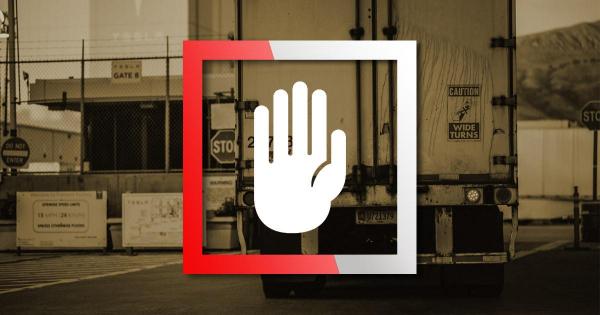
Controls at the border with Germany will continue for a few months
In an effort to combat people smuggling and limit illegal migration, Germany will continue temporary controls at the internal borders with Poland, Czechia and Switzerland until March 15, and with Austria – until May 11, 2024.
Nancy Faeser, Federal Minister of the Interior, said:
”The measures are paying off. Since mid-October, the federal police have arrested around 340 smugglers. Thanks to temporary border controls and measures undertaken by the neighboring countries, the number of unauthorized entries has dropped by over 60%, from over 20,000 in October to around 7,300 in November”.
Since October 16, the federal police have registered approximately 14,600 unauthorized entries and performed 7,100 interventions to prevent unauthorised entries or end illegal stays in the country. About 119,000 unauthorized entries have been recorded since the start of the year, compared to 92,000 last year.
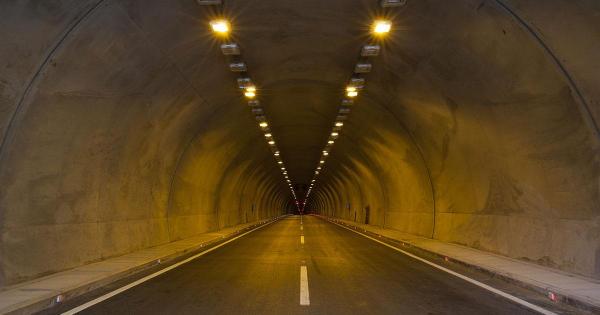
A weekend closure of the Fréjus Tunnel
The Fréjus Road Tunnel, which connects France and Italy will be completely closed for maintenance from 10:00 PM on January 26 to 6:00 AM on January 29.
Traffic disruptions are also expected on subsequent nights until February 4. A variable traffic schedule has been prepared to ensure road safety during the maintenance work.
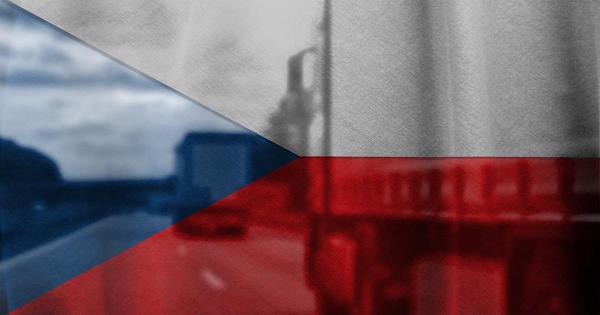
Czechia introduces a CO2 emission charge from March 1
Starting from March 1, the electronic toll system in the Czech Republic will include a new charge component for CO2 emissions from HGVs, in line with Directive (EU) 2022/362 of the European Parliament and of the Council.
New toll rates will appply to all categories of vehicles and will include four components:
➡️ the road use charge;
➡️ the charge for noise pollution;
➡️ the charge for air pollution charge (according to the EURO standard);
➡️ the charge for CO2 emissions;
Under the EU legislation, there are five emission classes, with the highest charge rates in the 1st emission class. The 5th emission class is reserved for emission-free vehicles.
Vehicles first registered before July 1, 2019 and all M2 and M3 vehicles (buses) will automatically be included in the 1st emission class and are not eligible for a higher emission class, where the rates are lower.
Hauliers owning vehicles first registered after July 1, 2019, are advised to check the manufacturer’s documentation and use the emission class finder on www.mytocz.eu/co2 to find out whether their vehicle can be re-assigned to a higher emission class with a lower toll rate.
Users are not required to check the emission class of vehicles registered after July 1, 2019. They will not be penalized for using a vehicle that is eligible for a higher CO2 emission class but remains in the 1st emission class. They can have their vehicle inspected and apply for a higher CO2 emission class at any time in the future; there is no deadline for submitting an electronic application.
Not all vehicles first registered after July 1, 2019 meet the requirements associated with higher CO2 emission classes (2nd to 5th). This depends on whether they comply with the parameters specified in the Directive, which can be checked with the CO2 Emission Class Finder. In addition, users have to submit all necessary documentation.
The CO2 Emission Class Finder is available here
The new toll calculation method will come into effect from March 1. The changes will not affect the wholesale discount system.

Complete closures of the A1/A59 near Leverkusen
The disruptions are part of preparations for the opening of the bridge over the Rhine. Once the new bridge is open to traffic, all existing weight restrictions will no longer apply. The A1 motorway will be closed in the direction of Dortmund and Trier/Koblenz, and the A59 in the direction of Leverkusen and Düsseldorf.
The first part of the new bridge structure has been completed. Before the official opening on February 4, a lot of work is still required to connect it to the existing road network and ensure traffic safety. Elements that are no longer needed, such as truck barriers or old overhead cranes and their foundations, are being dismantled. During the complete closure of the A1 and A59, other works will also be carried out that would not be possible if the bridge was open to regular traffic.
Top questions and facts about the closure
What will be closed and when?
➡ On Friday, January 19, from 10 PM the A1 motorway in the direction of Dortmund will be completely closed between the Cologne-Nord and Leverkusen junctions and in the direction of Trier/Koblenz between the Leverkusen junction and the Cologne-Niehl junction. The work related to the closure starts at 8 PM, which means that it will no longer be possible to use of specific lanes, especially at motorway junctions and intersections.
➡ On January 19, from 8 PM, the A59 motorway in the direction of Leverkusen will be closed from the Monheim-Süd motorway triangle to the end of the motorway and in the direction of Düsseldorf between the Rheinallee entrance and the Rheindorf junction.
How will traffic be diverted?
➡ Diversions for transit traffic
Information about the complete closure of the A1 will be displayed well in advance on variable message signs, e.g. in front of the Wuppertal-Nord junction. Diversions for through traffic in Dortmund and the nearby towns on the right bank of the Rhine and Koblenz/Ter, as well as the nearby towns on the left bank of the Rhine, are marked in red and run along the Cologne ring road.
In the direction of Koblenz/Trier, traffic will be diverted from the Leverkusen junction via the A3 towards Frankfurt and from the Heumar motorway triangle via the A4 towards Aachen. The diversion towards Dortmund will start from the Cologne-Nord junction on the A1 motorway towards Trier to the Cologne-West junction. The red diversion route leads to the A4 towards Olpe and from the Heumar motorway triangle to the A3 towards Oberhausen.
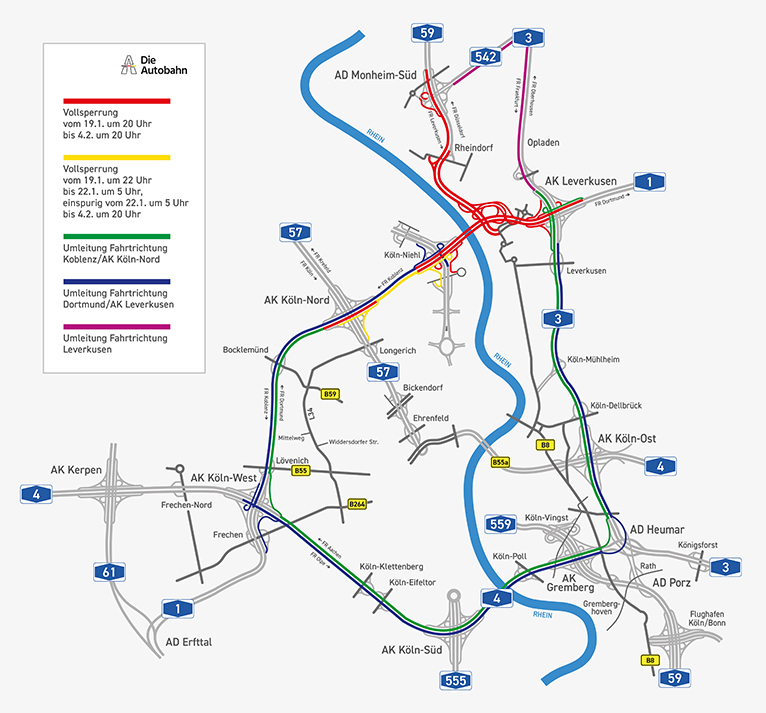
➡ Diversion due to the closure of the A59 motorway
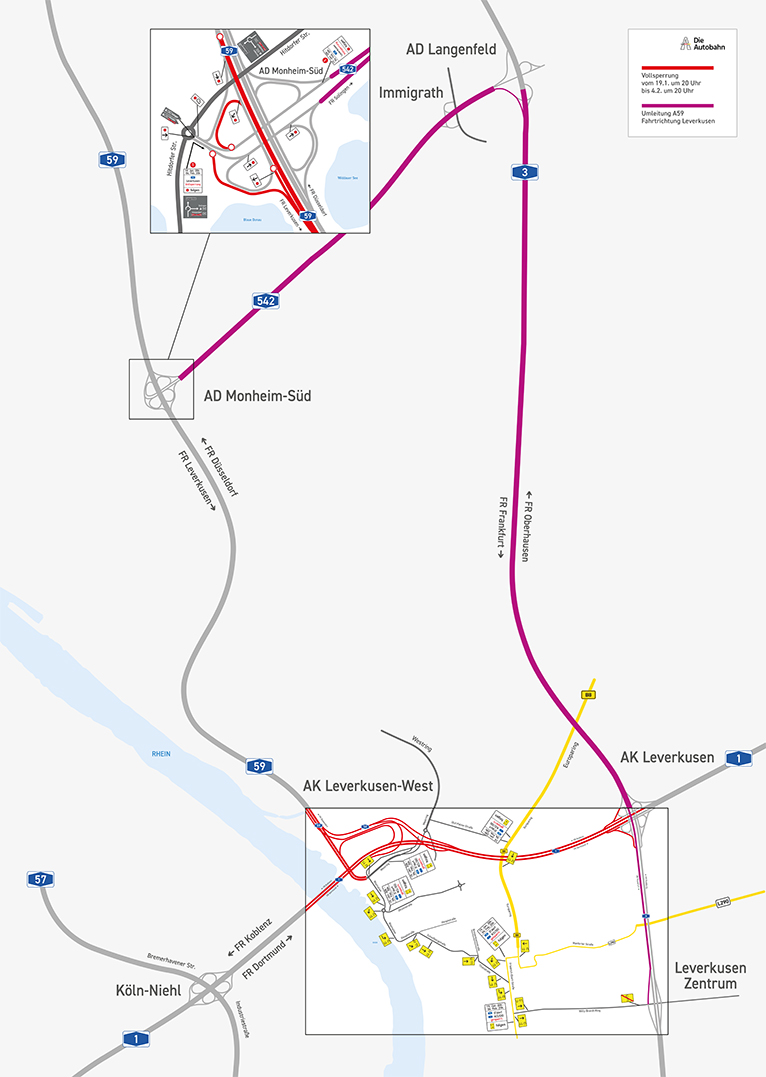
The A59 motorway will be closed starting from the Monheim-Süd motorway triangle. Diversions are compulsary for all vehicles traveling to Leverkusen along the A542 towards Langenfeld and the Langenfeld motorway triangle via the A3 towards Frankfurt to the Leverkusen-Zentrum junction.
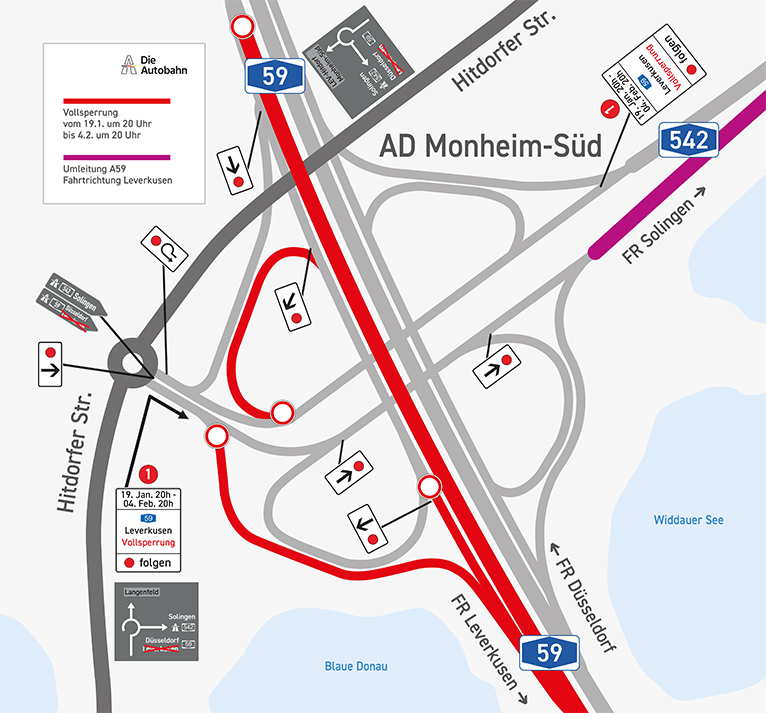
➡ Diversion in the Leverkusen city center
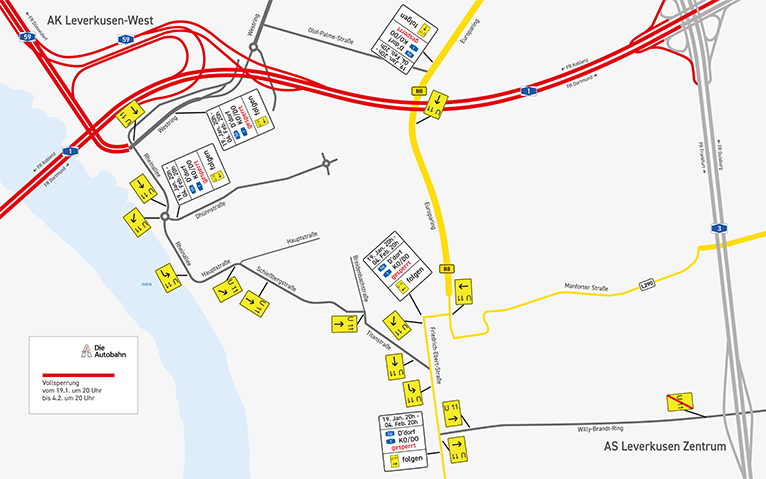
Since access to the A59 motorway is closed, there is a diversion in the city center (U11) to Rheinallee, marked with yellow signs. It leads via Rheinallee, Titanstrasse and Willy-Brandt-Ring to the Leverkusen-Zentrum junction.
There is also a diversion from the B8 in both directions via the U11 to the Willy-Brandt bypass.
➡ Recommendation for transit traffic
Vehicles in transit are advised to avoid the area where the A1 motorway is completely closed, and to use alternative routes whenever possible.
Dates and times of the closures
➡ Friday, January 19:
• from 8:00 PM the A59 motorway will be completely closed between the Monheim-Süd motorway triangle and the Leverkusen-West intersection as well as individual intersections and connecting lanes at intersections and motorway triangles;
• from 10 PM, the A1 motorway will be completely closed between the Leverkusen intersection and the Köln-Nord intersection.
➡ Monday, January 22:
• from 5:00 AM one lane of the A1 motorway between the Köln-Nord junction and the Köln-Niehl junction (FR Dortmund) will be reopened.
➡ Sunday, February 4:
• from 1:00 PM, the A1 and the Leverkusen Bridge will be officially opened by the Minister of Transport, Dr. Volker Wissing;
• individual closures will then be successively removed.
How will traffic flow after the bridge opens?
During the complete closure, both carriageways will be connected to the first part of the new bridge. After the official opening of the bridge on February 4, three narrowed lanes will be available from the Leverkusen intersection to the Cologne-Niehl junction towards Koblenz/Twir. In the direction of Dortmund, the main carriageway of the A1 at the Cologne-Niehl junction will be narrowed from three to two lanes. Between the Niehl junction and the Leverkusen Bridge, the slip lane will then be used as a third lane, so that there will be three narrowed lanes in this direction from the bridge.
The entire area between the Leverkusen intersection and the Cologne-Niehl junction is marked with yellow road markings due to the narrowed lanes. The speed limit along the entire section is 80 km/h. There is also a overtaking ban for lorries, coaches and combinations with trailers.
Will vehicle weight restrictions still apply on the bridge?
No, once the new bridge is opened, all existing weight restrictions will no longer apply. This means that lorries, coaches and all other vehicles will be able to cross the bridge again. This means that during the complete closure, all lorry barriers will be removed.
What will happen to lorry barriers?
During the complete closure, all five truck barriers will be dismantled (on the A1 motorway towards Dortmund and towards Koblenz, the parallel carriageway of the A1 motorway at the Cologne-Niehl junction towards Dortmund, Industriestrasse before the Cologne-Niehl junction towards Dortmund and on the A59 motorway Leverkusen-West junction towards Koblenz).